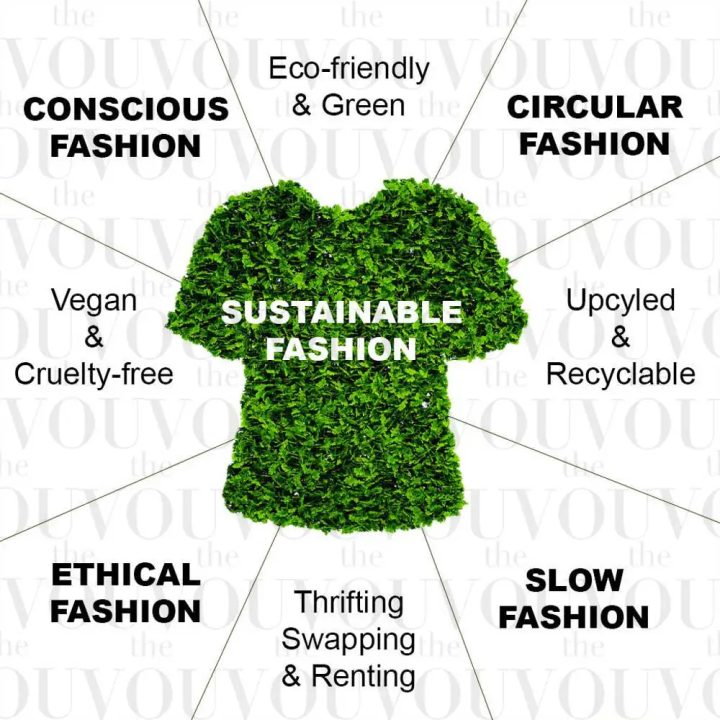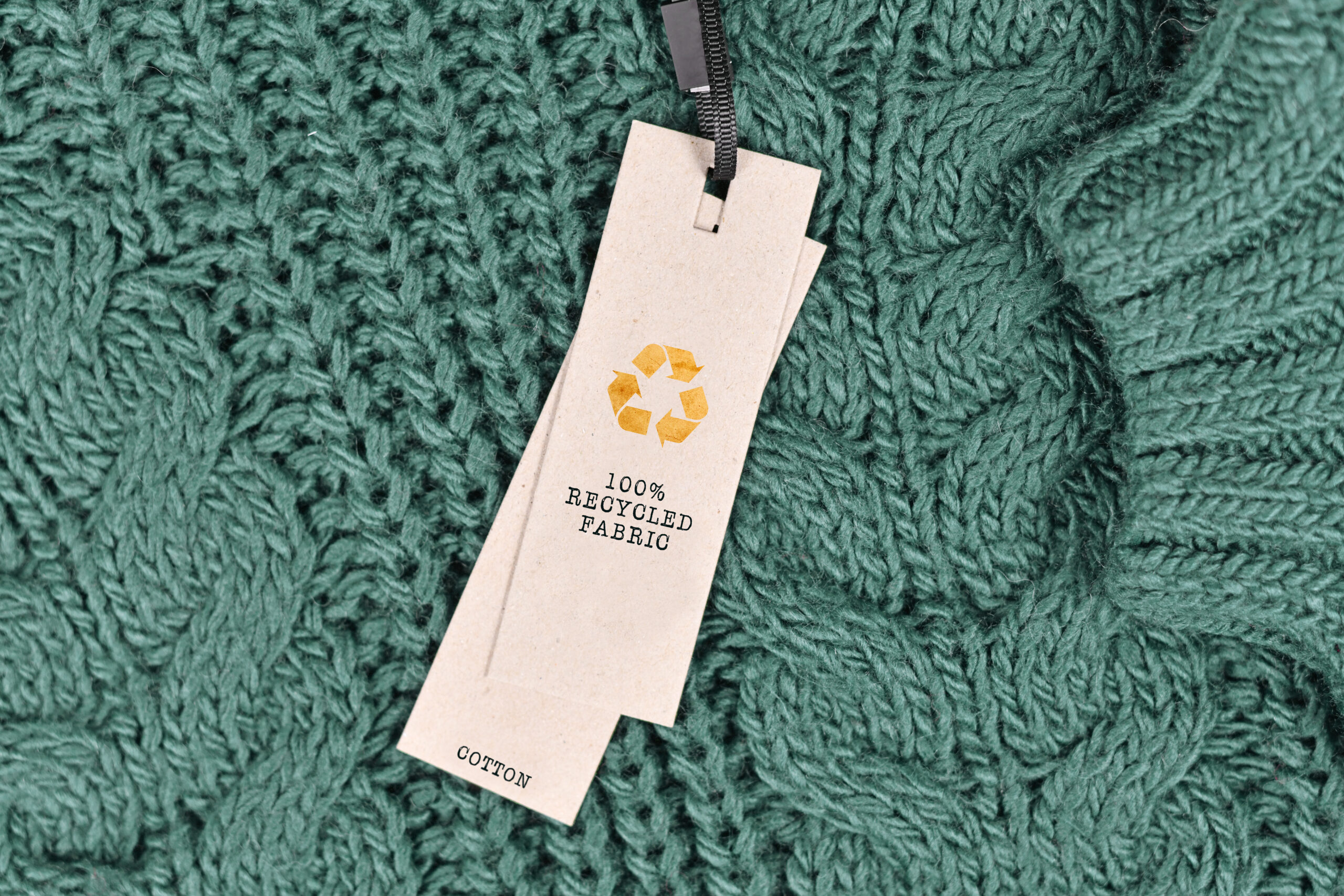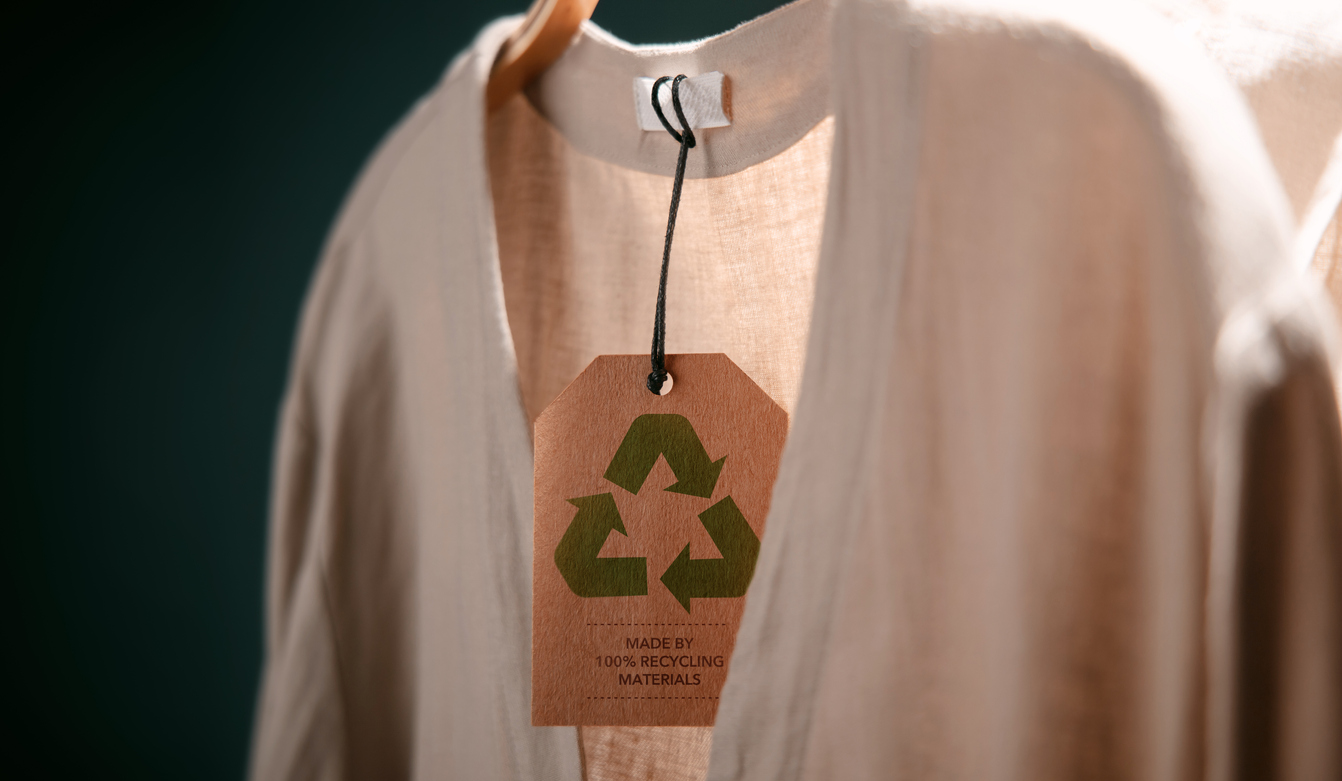Cape Town Sustainable Fashion Week: Highlighting Environment-friendly Innovations
Cape Town Sustainable Fashion Week: Highlighting Environment-friendly Innovations
Blog Article
Remain Ahead of the Curve by Checking Out Cutting-edge Fashion Fads
In a sector as dynamic as style, remaining ahead includes greater than simply adhering to present fads-- it demands an exploration of innovation. Smart textiles, for circumstances, are changing garments into functional masterpieces, while 3D printing is changing layout procedures with its customizable, waste-reducing capabilities. As sustainability comes to be a keystone, advancements like eco-friendly products and circular style techniques are reshaping environmental duty - Cape Town Sustainable Fashion. In addition, the merging of innovation and fashion proclaims a brand-new age of consumer interaction. Exactly how, then, can these arising fads redefine the future of style, and what ramifications do they hold for brands seeking to thrive in this evolving landscape?

Embracing Smart Textiles
In the last few years, the fashion business has observed a transformative shift with the combination of wise fabrics, an advanced advancement that mixes modern technology with fabric. This evolution represents not just a blend of aesthetic appeals and capability but likewise a considerable jump towards sustainability and personalization in vogue. Smart textiles, likewise understood as e-textiles, embed sophisticated electronic devices such as sensing units and conductive strings within the material, making it possible for garments to connect with the setting or the user.
These fabrics are made to check physiological parameters, such as heart rate or body temperature, supplying real-time wellness analytics. Past health applications, wise textiles are additionally being made use of for flexible garments, which can alter color or pattern in response to environmental stimulations, hence using a dynamic fashion experience.
In addition, the growth of energy-harvesting textiles that generate power from movement or sunshine is leading the method for self-sufficient wearable modern technology. This development is appealing to environmentally conscious customers and designers intending to lower the eco-friendly impact of style. As r & d in this field breakthrough, wise textiles are anticipated to become significantly common, reshaping the landscape of contemporary fashion with their multifunctional capacities.
The Rise of 3D Printing
Revolutionizing the production landscape, 3D printing has become a game-changer in the fashion business. This advanced modern technology has enabled developers to push the limits of creativity, creating intricate and personalized garments that were previously unbelievable. By leveraging digital design and additive manufacturing, 3D printing promotes the creation of complicated geometries and patterns, enabling developers to experiment with new appearances and structures.
A significant benefit of 3D printing in vogue is its capability to generate on-demand, reducing waste and minimizing supply needs. This effectiveness not just optimizes production processes yet also enables for quick prototyping, enabling designers to bring their visions to life in a shorter duration. In addition, 3D printing sustains customization to a degree unequaled by typical approaches, offering unique designs and customized fits customized to private customer choices.
The surge of 3D printing has actually also democratized fashion, making it available to emerging designers who can currently produce top quality pieces without considerable monetary investment in standard production framework. As modern technology remains to development, the fashion business is positioned to harness the complete capacity of 3D printing, discovering new products and techniques that will undoubtedly redefine just how style is conceived and generated.
Lasting Fashion Technologies
As the apparel industry grapples with journalism need for environmental duty, lasting fashion developments have arised at the leading edge of transformative change. The growing awareness of ecological effect has fueled a shift towards more eco-conscious methods and materials. Designers and brands are now focusing on sustainability, integrating techniques that minimize waste and lower carbon footprints.
One significant growth is the increase of circular style, which emphasizes recycling and upcycling to expand the lifecycle of garments. This technique not only lowers waste however also motivates consumers to embrace a more conscious method to apparel usage. Additionally, using sustainable products, such as natural cotton, hemp, and recycled polyester, has obtained grip. These materials call for less water and energy throughout production, dramatically lessening environmental influence.
One more breakthrough hinges on the adoption of cutting-edge dyeing techniques that use waterless procedures or natural dyes, consequently lowering the vast amounts of water and chemicals commonly used in textile dyeing. Additionally, innovations in biotechnology have actually led to the development of lab-grown natural leather and textiles, supplying ecologically pleasant and cruelty-free options to standard products. Via these introducing initiatives, the fashion business is making meaningful strides towards a much more lasting future.

Tech-Integrated Garments
Tech-integrated clothing represents an innovative fusion of style and modern technology, reshaping how people connect with their garments. This innovative domain name is noted by the addition look at this web-site of smart fabrics and embedded digital parts, improving both functionality and visual allure. From physical fitness trackers installed in sports apparel to heated jackets regulated via mobile phone applications, tech-integrated apparel provides consumers unprecedented ease and adaptability.
Pioneering brands are driving this pattern, concentrating on developing garments that react to ecological stimulations or individual commands. For example, some garments can alter shade or pattern in feedback to temperature shifts, while others integrate biometric sensors to keep an eye on wellness metrics like heart price or stress and anxiety additional info levels. The smooth combination of technology right into fabrics also reaches ecological sustainability, with initiatives to create self-cleaning textiles or garments that adapt to weather, therefore reducing the requirement for multiple layers.
In addition, the introduction of wearable innovation is not simply restricted to clothes but reaches devices like watches and eyeglasses, additional widening the scope of tech-integrated style. As the sector continues to innovate, the possibility for personalization and customization in clothing grows, supplying customers unique, tech-enhanced fashion experiences that accommodate their individual requirements and preferences.
Future of Virtual Style
In the last few years, the future of online style has actually emerged as a transformative pressure within the sector, leveraging innovations in electronic modern technology to redefine exactly how fashion is produced, experienced, and consumed. By incorporating augmented truth (AR), digital fact (VR), and 3D layout tools, designers can currently craft interactive and immersive experiences that go beyond typical style borders. Digital fashion allows for the creation of garments that exist entirely in electronic atmospheres, using countless possibilities for innovation without the restrictions of physical manufacturing.
This electronic shift not only offers possibilities for imaginative expression yet likewise addresses sustainability problems inherent in conventional style techniques. Cape Town Sustainable Fashion. By eliminating the need for physical sources, virtual style lowers waste and minimizes carbon footprints. Furthermore, the rise of virtual fashion lines up with the enhancing customer demand for special and customized experiences, as online garments can be personalized and tailored to private choices effortlessly

Conclusion
The style industry's future lies in the integration of sustainable practices and cutting-edge modern technologies. Online fashion is positioned to Bonuses redefine customer interactions.
In recent years, the fashion sector has witnessed a transformative shift with the integration of clever textiles, an innovative innovation that blends innovation with fabric.As the style industry grapples with the pushing demand for environmental responsibility, sustainable style innovations have emerged at the forefront of transformative change.In current years, the future of virtual style has emerged as a transformative force within the sector, leveraging advancements in electronic technology to redefine how style is developed, experienced, and taken in. The rise of virtual fashion lines up with the boosting consumer demand for special and customized experiences, as online garments can be personalized and customized to individual choices with ease.
The fashion industry's future lies in the combination of cutting-edge technologies and sustainable methods.
Report this page